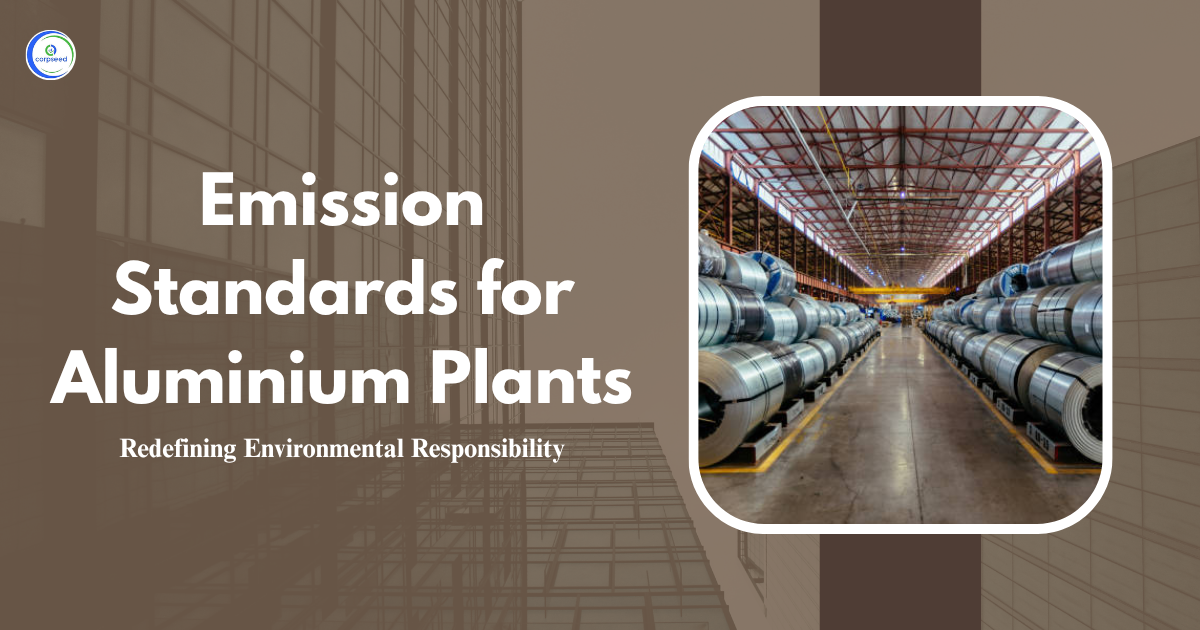Increasing industrialization and environmental challenges have made it important to monitor and control emissions, especially from sectors that produce carbon black. Strict compliance with emission standards ensures that dangerous pollutants are kept under control.
Table of Contents
Understanding the Environmental Protection Rules, 1986
The Environmental Protection Act, 1986 is one of the main legislative initiatives in India aimed at protecting and enhancing the quality of the environment. The Act permits the government to control the emission of pollutants and sets up a framework for establishing principles for pollution control. Emission standards under this Act are required to control the emission of air pollutants from industries, ensuring that they do not affect human health or the environment. The Central Pollution Control Board (CPCB), along with state agencies such as State Pollution Control Boards (SPCB), plays a vital role in setting and monitoring these standards. It covers the control of several pollutants, including particulate matter, toxic gases, and other hazardous emissions.
Under this act, industries such as carbon black production are required to install pollution control measures and comply with emission limits for particulate matter (PM), sulfur dioxide (SO2), nitrogen oxides (NOx), and other pollutants. Continuous monitoring and reporting of emissions is essential to ensure compliance with these rules, which play a critical role in controlling air quality.
--------------Blog Contact Form-------------
What is Carbon Black and Its Use?
Carbon black is a fine black powder made by burning hydrocarbons in inadequate air. It is mainly used in rubber, especially tires, and as a black pigment in inks and coatings. Additionally to these applications, carbon black is also used in the manufacturing of plastics, batteries, and electronics. Although it has a range of industrial uses, its production process can result in significant environmental concerns, particularly in relation to the release of pollutants.
Environmental Pollutants from Carbon Black
The production of carbon black, while important for many industries, discharges a number of pollutants that can affect the environment. The most common environmental pollutants from carbon black production are:
- Particulate Matter (PM): Tiny solid or liquid particles suspended in the air, which can cause severe respiratory issues when inhaled. Carbon black manufacturing is a major source of fine particulate matter.
- Sulfur Dioxide (SO2): Released when sulfur-containing fuels are burned. SO2 contributes to acid rain, which can affect both aquatic and terrestrial ecosystems.
- Nitrogen Oxides (NOx): These gases are generated during combustion processes and contribute to smog and respiratory problems.
- Volatile Organic Compounds (VOCs): These chemicals can vanish into the air and contribute to ozone formation, which is harmful to both human health and vegetation.
- Carbon Monoxide (CO): A colourless, odourless gas that can impact oxygen delivery in the bloodstream and pose serious risks to human health.
Benefits of Emission Standards
Emission standards are crucial for controlling pollution and mitigating the environmental impact of industries like carbon black production. These regulations provide several benefits:
- Improved Air Quality: By limiting the amount of particulate matter and harmful gases emitted into the atmosphere, emission standards significantly enhance air quality, reducing health risks.
- Enhanced Public Health: Monitoring and mitigating pollutants such as sulfur dioxide and nitrogen oxides reduces respiratory problems, cardiovascular disease, and even premature death.
- Regulatory Compliance: Following these standards ensures that industries comply with national regulations, avoiding fines and penalties from authorities.
- Environmental Protection: Emission regulations safeguard ecosystems by avoiding pollutants from damaging soil, water bodies, and plants, leading to healthy natural habitats.
- Sustainable Industrial Practices: By implementing emission limits, industries are encouraged to adopt cleaner technologies and sustainable practices, minimizing their overall environmental impact.
Carbon Black Emission Standards
The CPCB has set specific standards for emissions of particulate matter from carbon black manufacturing units. The limit for particulate emissions from carbon black production is usually set at 150 milligrams per normal cubic meter (mg/Nm3). This standard is important for minimizing the spread of fine particles in the air, averting them from harming air quality.
Monitoring and Reporting
Regular monitoring and reporting of emissions are important to ensure compliance with carbon black emission standards. Industries are required to:
- Install Emission Monitoring Systems: Continuous monitoring of air emissions is essential to ensure that polluting particles, sulfur dioxide, and nitrogen oxides remain within permissible limits.
- Submit Reports to Authorities: Companies should report their emissions data to the CPCB and SPCB at regular intervals. These reports are used to examine the industry's compliance with environmental protection norms and make adjustments if required.
- Adopt Best Practices: Industries should use modern technologies and filtration systems to capture and control emissions while reducing their impact on the environment.
Conclusion
The emission standards for carbon black production are important for protecting both human health and the environment. By following the guidelines set by the CPCB and local SPCBs, industries can visibly mitigate their environmental impact. These regulations help regulate harmful pollutants such as particulate matter, sulfur dioxide, and nitrogen oxides, which can cause respiratory problems and environmental degradation. Moreover, they support healthy air quality, which eventually benefits public health and quality of life. Implementing these standards encourages industries to implement more sustainable and environmentally friendly practices, ensuring the long-term well-being of communities, ecosystems, and the planet as a whole.
This portion of the site is for informational purposes only. The content is not legal advice. The statements and opinions are the expression of author, not corpseed, and have not been evaluated by corpseed for accuracy, completeness, or changes in the law.
BOOK A FREE CONSULTATION
Get help from an experienced legal adviser. Schedule your consultation at a time that works for you and it's absolutely FREE.



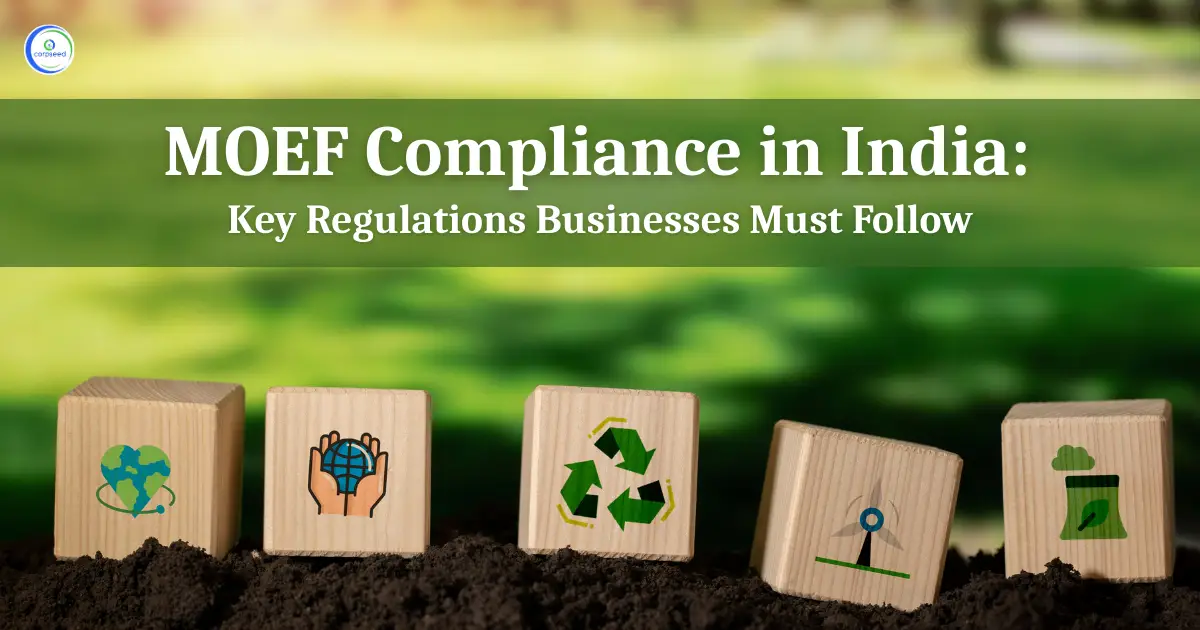
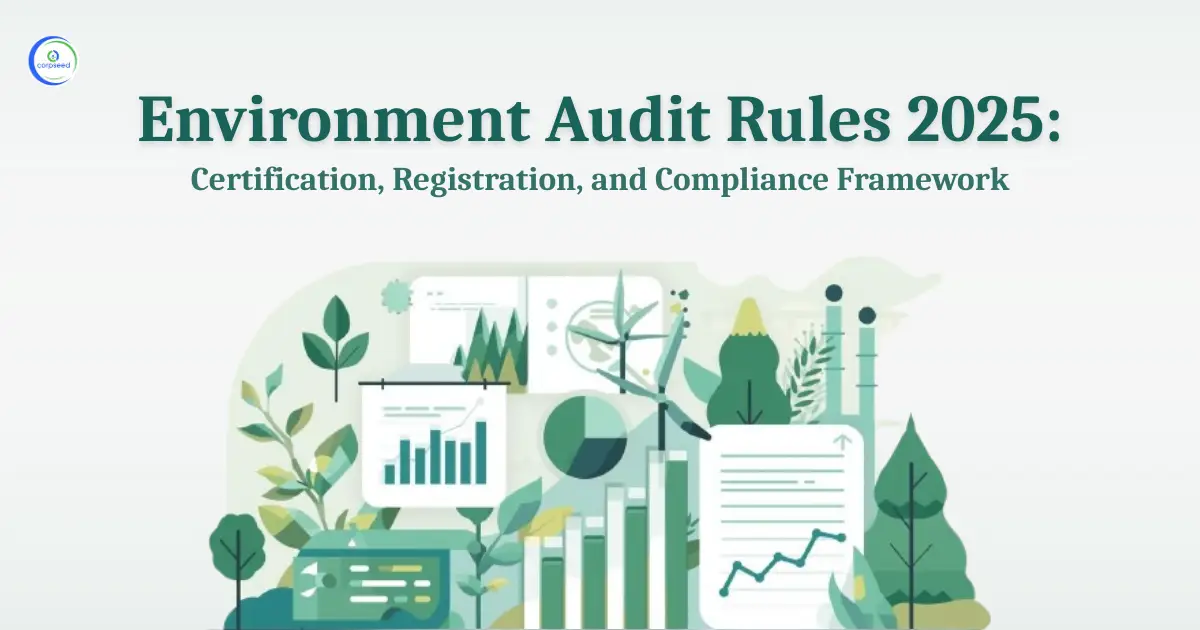
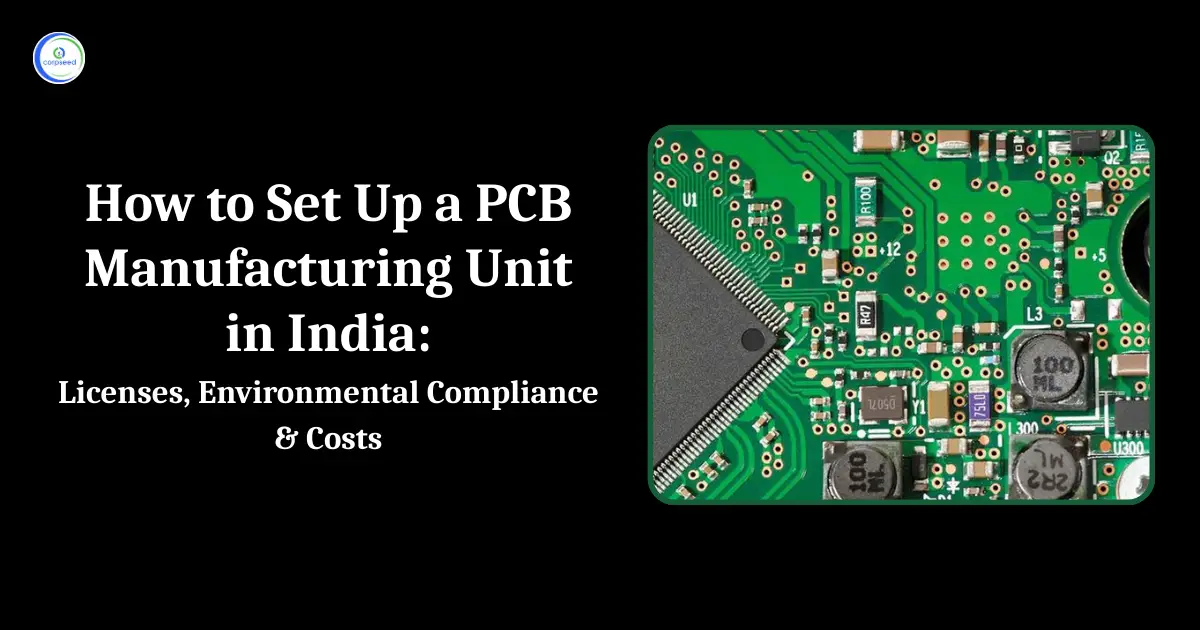
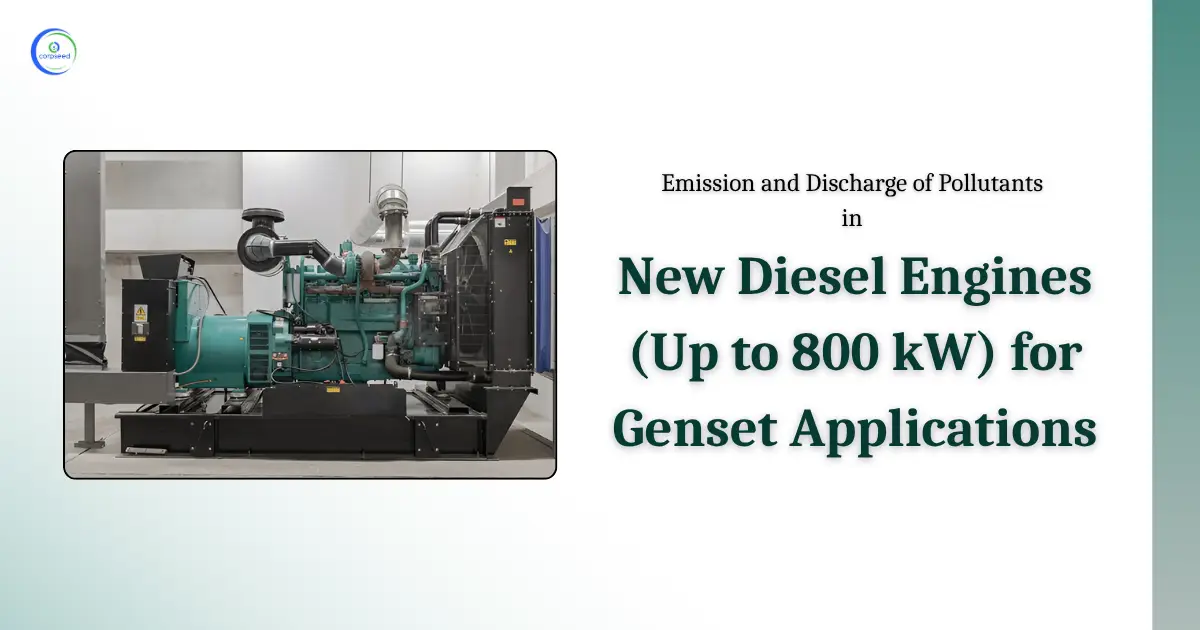
_Corpseed.webp)
.webp)
